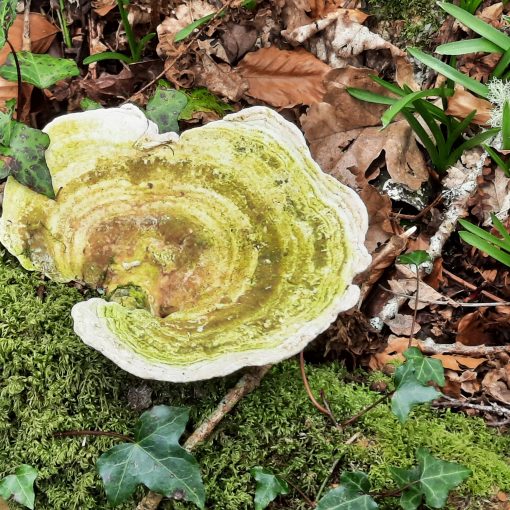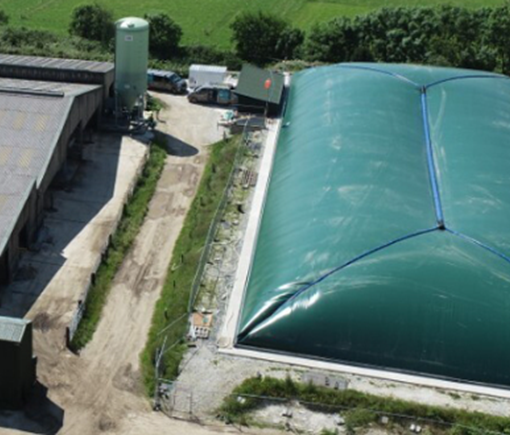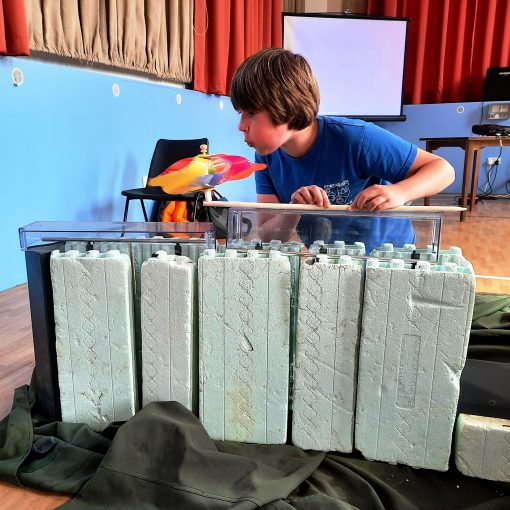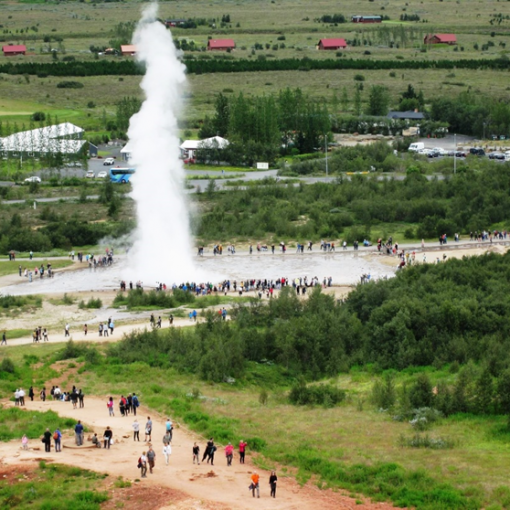30th SEPTEMBER 2022 – WEEK 41
Conferences and Comfort Zones – how far can you stretch yours, to help the planet?
This morning I went on one of my longer running routes and returned lagged in mud and pretty damp, despite wearing sensible gear. Now I must deal with soggy clothes and very mucky shoes, a little inconvenient but well worth the effort, ‘cos I feel so good! Bright and energized. I am guessing there are similar benefits for the infamous ‘Bluetits’, wild swimmers, who return home with wet and sandy costumes and towels but do it because they feel better for it. We have a few groups here on Cornwall’s South Coast but lots more on the Atlantic side. A strong buffeting of those waves must really blow away any cobwebs!



You are probably familiar with the well-known phrase ‘there is no such thing as bad weather, only bad clothing’. I like to think we get it right here at the centre, as we always offer extra waterproof hats and sometimes jackets for walk visitors (see above!). Good preparation and the right dress options are an essential element if people want to extend their own ‘comfort zone’ for outdoor adventures.
This week is the autumn residential course for the Land and Ecological Restoration MSc apprentices at Eden Project Learning and we are doing B & B for a few students. They have been stalwart and stoical, stretching their own comfort zones to encompass very long, intense days of study in a range of outdoor settings and in all weathers. Today they set off for Derek Gow’s centre in Devon – www.rewildingcoombeshead.co.uk – where Derek has begun to establish populations of UK water voles and white stork, wild cats and Eurasian beavers.
Off-grid existence – stalwart and stoical?
With this comfort zone kind of theme, we naturally come around to the main topic of the week. After the blog went up last time, I heard back from Doug at FuturEnergy and promised to include his comments.
That’s a great read – really good! I will forward it to all at Futurenergy. I am not sure of the readership numbers you have, but we know plenty of publications which would be keen to include this article. (OH, yes please Doug!)
Just one comment, if you could update for readers. In the last part you mentioned Voltacon offerings and say the setup is good for boats & caravans and to power small devices. Our combined system can do much more than this! Around half of our turbine owners live completely off-grid, it’s surprising how many do. Typically, they will have the turbine, 8 10 or more solar panels, something like 10 kWs battery storage and for security a backup generator. They will be mindful of energy use, but they still have fridge freezers and all appliances we would expect to use.
He continues What about you? I like your use of solar energy – very inventive. Looking at the way the world is going right now (economy crash / war / food shortages / energy crisis) I recommend that you get the batteries and get off grid ASAP.
Before you think, ‘oh no here comes another big science lesson about batteries’ be re-assured. Perhaps another day, but right now I am coming at this from a completely other direction, asking myself how it might work practically and emotionally; how it would stretch my own ‘comfort zone’. Is it inevitable that an off-grid resident has to tolerate lots of inconvenience and discomforts? Being an historian, I decided to look back at the off-grid/ community living movement in the past.
About 20 years ago I wrote a report on an organisation and publication called ‘Diggers and Dreamers’ and figured it would be good to see how they have evolved since. Are they all living a mucky outdoor life, with very few comforts or in our new era of internet and mobile phones, have things changed?
https://diggersanddreamers.org.uk represents people who have embraced ‘intentional community living’ and they have 34 such places in the Southwest. In the old days, most communities lived in rambling, crumbling mansions, and, as it happens, I have done my stint in one of those, an old Georgian property and House of Multiple Occupancy beside the canal at Aldermaston, in Berkshire.



Between 2012 and 2017, at Aldermaston, I was in what Diggers and Dreamers describe as a Big House Community and I loved it. It was warm and cosy, so perhaps not a realistic comparison. In Cornwall my aim is to run more of an ‘Open House’ for Low Impact living, and I feel we are well underway. Adding either batteries or a diesel-run generator would require initial investment (not readily available!), in order to save money on energy bills in the long term. A win, I guess, but emotionally I would feel guilty, because I don’t like big Lithium batteries or the battery business (future blog report in due course) and I don’t want to use diesel here, even as a backup.
It’s not easy being green – the TV series
Still back in history, my memory was jogged about the Strawbridge family venture to live sustainably a decade back. The site was less than 3 miles from here, at New House Farm, Tywardreath and after a long hunt I found a seemingly unofficial/unauthorised Episode from Series 1 on Youtube – https://www.youtube.com/watch?v=ASPzt_ydFxY
Love it or hate it, that series showed the sustainable living challenges, warts and all. Like many communities, a big focus was on organic vegetable and food production, using permaculture techniques. They successfully tackled the composting loo (very funny pics of building it), used a big restored waterwheel for a lot of their energy, added solar thermal tubes on the roof for hot water and much more. But this particular episode also included killing the fattened pigs and eating them in a very public outdoor party event, which caused the then Mrs. Strawbridge great emotional trauma! I could probably raise a couple of pigs here, but NO! I would rather support local farmers, who can do a far better job.
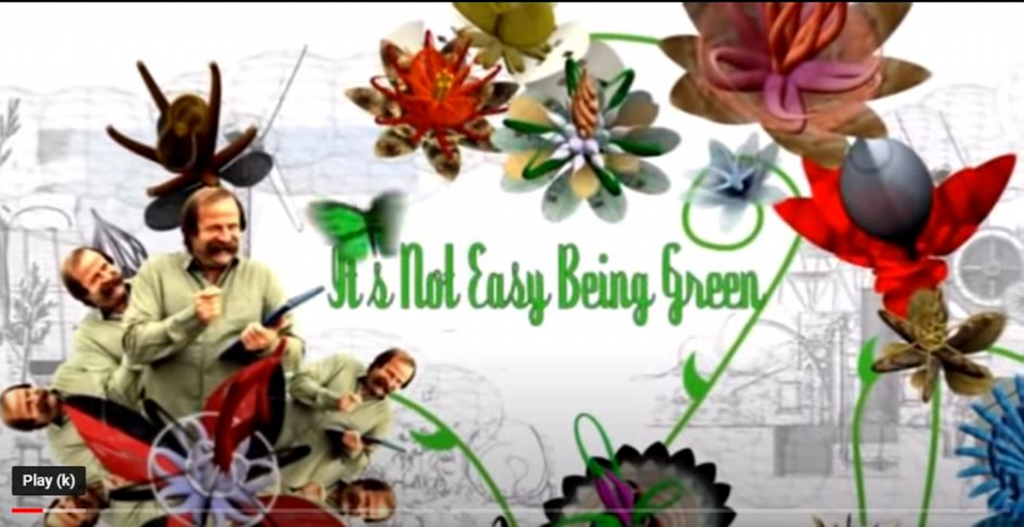
Off-grid living in the internet age
I will just touch on this, but there are many more resources to explore, films on Youtube e.g. ‘The truth about off-grid living’ (USA) or ‘Off-grid life versus normal’ (UK), and plenty of blogs, if you want to hunt. These days most owners of off-grid systems use their mobile phone and/or other internet devices to keep a track of how much solar is coming in, how much wind and generally monitor performance. I asked David at The Sanctuary, Golant about their systems ..
We’re just starting to wind down from what has been a busy, and our first fairly “normal” year after 2 years of COVID restrictions in 20/21. Most of our guests have been attracted by what we offer and are keen to learn about off-grid / sustainable living – and leave with lots of inspiration and ideas. We show that off-grid living can be just as comfortable as on, but with the added feel-good factor of generating all your own power from renewable resources and having a zero carbon footprint.
It helps that we have a very energy efficient building built to “passiv house” standards, which needs very little heating. In fact, 2 people in a room is normally enough to keep the temperatures up overnight (each body generates about half a kilowatt of heat).


Our electricity comes from 20 solar PV panels; our water from our own bore hole; and our hot water from Solar Tubes and a log boiler. Power from the sun also charges our 10 kilowatts of batteries which is enough to power us through the hours of darkness. In addition, we have a small wind turbine which trickle charges the batteries when the wind is blowing. In the summer, with plenty of surplus of power, we can charge our 10 year old Nissan Leaf electric car (70 miles on a full charge). We also have a wide range of electric garden tools, which all take the same batteries and are charged by solar.
The hot water and heating come from a 1000 litre energy store tank, which in the summer is heated by our solar tubes and solar panels (immersion heater). In the winter we rely more on our log gasification boiler. This works a bit like a very efficient log stove, but all the heat generated goes to heating water up to 80 degrees. One wheelbarrow of logs usually will keep us warm for 2 or 3 days. We are lucky to have 7 acres of sustainable woodland which provides us with more than enough wood to keep us warm though the winter months.
We use modern technology a lot and will increasingly; it’s the future.
Solar thermal; Solar PV; batteries; log boiler; room thermostats; underfloor heating; – all these have digital displays / controls and in future many will be available as apps on a smartphone. Smart plugs mean I can turn items off and on, wherever I am – or schedule these. There is also EV car-charging, when we have surplus Solar power or want to tap into cheap overnight tariffs.
Best wood-burning design?
Reading the efficiency of the gasification boiler above, sets me wondering, should I one day switch from my pellet boiler to this other type? Is it better to burn logs, from the point of view of easy sourcing, cost and damage to the environment? Perhaps a better option, if I have money to spare, would be to help set up a Cornwall-based wood chip production plant, where I know the whole process is top quality and least damage to the environment!
Pondering the questions of how much inconvenience and discomfort I might tolerate in future, or indeed others could take, will be a topic I return to over the winter. Also the battery topic.
Please, if you have experiences of community living, or trying to go off-grid, use my latest, newest Facebook page to comment and share. That way we can avoid the size of blog getting out of hand, and hopefully attract more new readers. It is called Hearts of Green, at The Meadow Barns (make sure you add the COMMA). I need more members before I can make a real start on adding content, so don’t be surprised that there is little to see, so far. All ready for your contributions, thank you! PS you could always become a paying member too?! The FB link follows
https://www.facebook.com/groups/666136674911893
2 CONFERENCES
CHACEWATER On Saturday afternoon I spent a very enjoyable couple of hours, on a tiny stool alongside a low table in the Chacewater Village Hall. I had the insight to position myself right beside the refreshment table, which enabled me to sneak biscuits from time to time(!) and to strike up conversations with almost everyone as they queued for drinks and food.
I was there to provide a child-friendly option on the village’s Day of Free Energy Saving Advice. As usual, the 3 Little Pigs story proved amusing and I am pleased to say led to these new illustrations for the book, due out in the spring, hopefully.



The story stimulated a lot of chat about insulation materials. I take care to speak in simple language about practical stuff, which was especially useful for a much older visitor, who has a cold 16th century cottage to tackle. I pointed out that slate hanging could cover up suitable external insulation choices, but that there is always the need to allow old walls to ‘breathe’. The other ‘Expert’ on hand didn’t seem interested to help with this one, being much more set-up for modern houses that can be retrofitted on the inside. However, the council is more on-the-ball in their publications online.
https://www.cornwall.gov.uk/media/3gbpesgk/cornwall-design-guide-sections-7-8-9-and-10.pdf
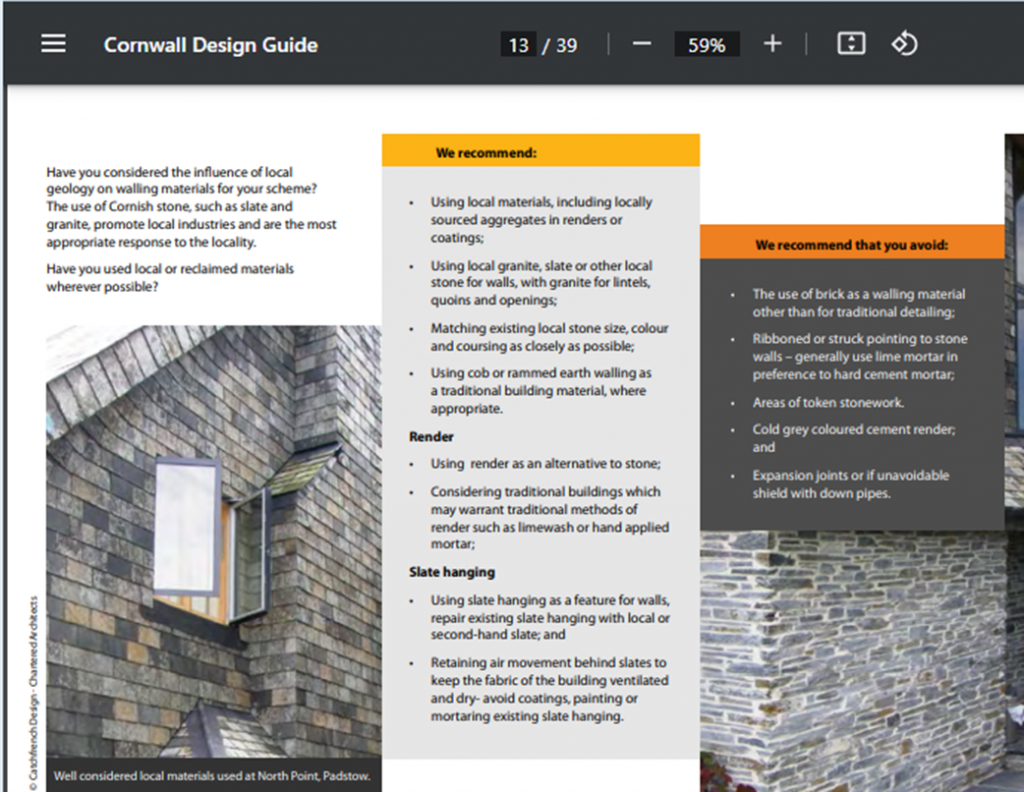
Since coming home, I’ve found another very thorough PDF of advice about this, called Improving Energy Efficiency in Historic Cornish Buildings (the web link is very long but put into a search and you will find it). This was a particularly useful infographic.
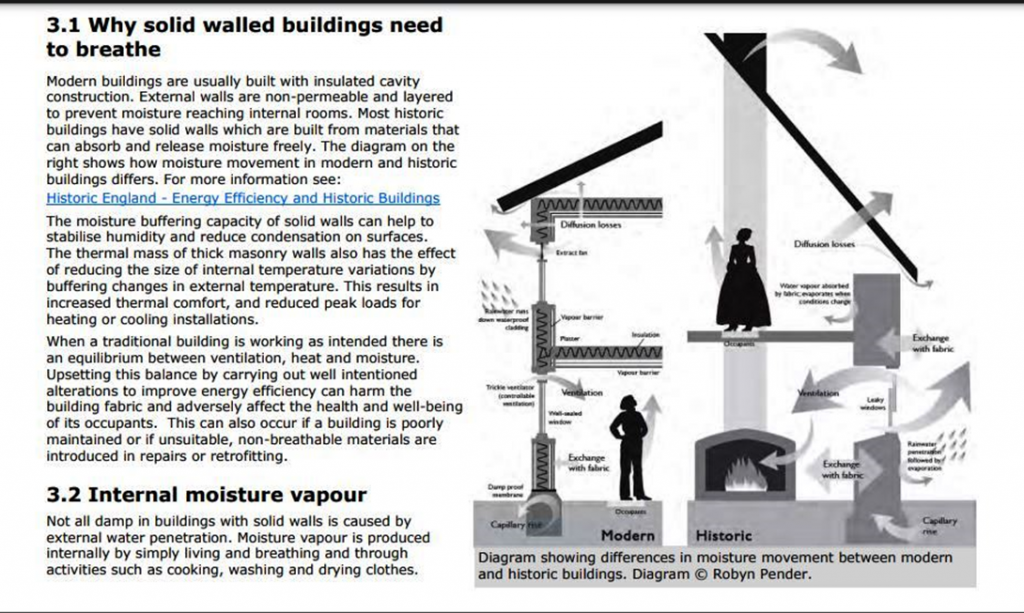
2 useful quotes – ‘There are cases where slate-hanging and lime renders are acceptable traditional external finishes that might be used in addition to external wall insulation.
You could also ‘Try out Hydraulic lime render with natural cork aggregates (Secil ecoCORK Lime). This is a vapour permeable lightweight render. with good thermal and acoustic properties. It is made from natural cork aggregates, natural hydraulic lime, lime aggregates and additions. It can be used on exterior and interior walls and ceilings and can be finished with lime wash or mineral silicate paint.’
One important point to make here, is that the best adviser in Cornwall for solar systems, the aptly named Mat GREEN, was a presenter on Saturday and he has moved from the Newquay-based Naked Solar to https://www.solarsense-uk.com. I am now going to re-write the guidance on our solar display at Meadow Barns to take this change into account. He has always been my best/first go-to source for discussing almost any green initiative. Thanks Mat 😊
CAMBRIDGE 14th – 16th October. Plans are coming together for my trip to the Climate Zero event in The Guildhall, Cambridge. The theme is Climate Accessibility, I cause I feel passionate about. That’s why I have 2 sessions to deliver for families with young children, and it is all showing up on the social media and website. If you are anywhere on the eastern side of England it would be really great to see you!
https://climatechangefestival.zero.cam.ac.uk/events/guide-building-greener-all-ages


